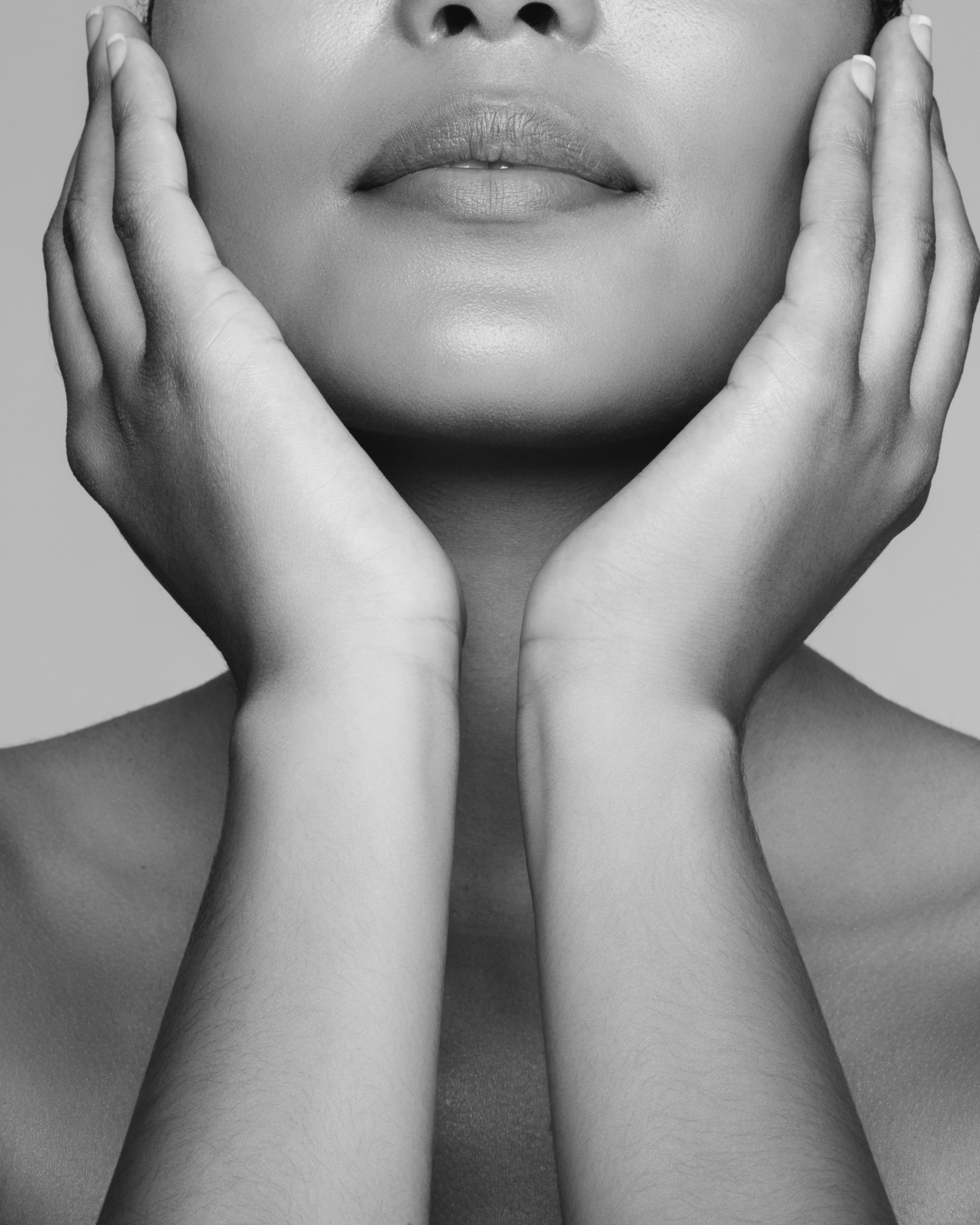ACT I: THE BOTOX PARADOX
It is one of the great ironies of my career that I became the first doctor to prove, scientifically with published data, that Botox can make you look older. Not the snappiest of slogans for a Harley Street practice, but science has a habit of puncturing marketing, and it tends to do so with relish.
In the early 2010s, I joined forces with evolutionary psychologist Dr Bernhard Fink to test how Botox and fillers altered perception. We gathered before-and-after photographs, recruited naïve observers, and asked them to judge. The results? After four weeks, Botox alone smoothed faces, yes, but left them oddly flatter, drained and in some cases, perceptibly older. Add fillers, however, and everything changed: suddenly younger, healthier, even more attractive.
The moral was obvious to me then, and remains so today: youth is not skin-deep. It is scaffolding, architecture, structure. Smooth without support, and you get a mask. Restore the structure, and you get vitality.
ACT II: THE AGE OF THE OVERDONE
Botox was just the overture. What followed was a cultural opera. Once upon a time, fame meant talent; actresses acted, singers sang, royalty waved. By the 1990s and early 2000s, cosmetic medicine itself had become the spectacle. Dolly Parton, Michael Jackson, Madonna: theatrical reinventions in real time. Sharon Stone resurfacing after years, Courteney Cox’s “pillow face,” Cher’s eternal youth. Greek tragedy and comedy etched in Restylane.
Meanwhile, facelifts were losing ground. America went in for fat grafting, expensive, invasive, surgical. Europe embraced hyaluronic acid: quick, cheap, repeatable. Manufacturers smelled profit, and out came denser gels, more products, new promises. Doctors followed suit. Patients queued up. The result? A generation who looked like they had been left too long under the duvet.
Then came the backlash. Journalists who had once hymned fillers now confessed their horror stories. Alice Hart-Davis, Katie Spicer: poachers turned gamekeepers. Semi-permanent disasters, lumps, granulomas. It was the Wild West, and the sheriffs arrived late.
By the mid-2000s, the aesthetic was clear: bigger was better. In London, lips ballooned. Enhancement ceased to mean subtlety. It meant exaggeration. Thus dawned the Age of the Overdone, where restoration was abandoned for alteration, and conspicuous consumption was written in faces.
ACT III: THE SELFIE GENERATION
By 2015, the madness had accelerated. Manufacturers pushed “full face rejuvenation”: syringes upon syringes, every anatomical compartment mapped for filling. A new cohort of practitioners had grown up on makeover shows, raised in the glare of Instagram filters and Snapchat lenses. To them, aesthetics was never about restoring what was lost. It was about creating something new; sharper jaws, higher cheeks, lips that announced themselves from across the room.
Enter the “Instagram Face”: an international template. Homogenised, ironed, sculpted, and filtered into ubiquity. What had once been medicine now resembled cosplay. And beneath it all lurked a mass, low-grade dysmorphia: the selfie generation comparing their faces to edited ideals, demanding the impossible, and being supplied with syringes.
ACT IV: LOCKDOWN, BACKLASH AND THE FACELIFT REVIVAL
Then came March 2020. Lockdown. Clinics shuttered, patients confined to Zoom. For months, people stared at their own faces more than at any time in history. When I returned to Britain later that year, I turned on the television and saw something unprecedented: prime-time soap stars, in *EastEnders* and *Coronation Street*, with visibly augmented faces.
In the past, actors avoided cosmetic work like the plague because expression was their livelihood. Now, enhanced faces were in every living room. Reality TV had already turned tweakments into status symbols. Suddenly, the stigma was gone. A new normal had been established.
At the same time, fillers began to fall from grace. Media horror stories multiplied. Celebrities quietly dissolved their lips. And then, a plot twist: the facelift came roaring back, rebranded as chic, discreet, even aspirational. Was this a spontaneous rediscovery, or a masterstroke of surgical PR patiently prepared for years?
Into this mix arrived the new “miracle”: polynucleotides. Marketed as a facelift alternative, whispered about in celebrity circles, pushed at conferences. Yet on multiple levels they are dubious; thin science, overblown promises, questionable satisfaction. Promoting them feels like shooting ourselves in the foot. Still, the hype machine churns.
ACT V: RESPONSIBILITY AND THE FUTURE
Which brings us to responsibility. Who is to blame for this carnival? Manufacturers, certainly, for pushing ever more product with ever bolder claims. Doctors, too, for being seduced by the glamour of their patients, or aspiring to be influencers themselves. Celebrities and social media, for turning exaggeration into aspiration.
But the truth is simpler: any procedure is only as good as the doctor performing it. If you want a career that spans decades, you must practice with integrity. Without it, you burn through patients as fast as you burn through fads, constantly reinvesting in marketing for the next “miracle.”
My philosophy has not changed: restore, don’t distort. Subtle enhancement, not parody. Natural results, not template faces. I still believe fillers, used responsibly, are among the most powerful tools in our arsenal. I still believe that restraint is the ultimate sophistication. And yes, I still chuckle that I was the first doctor to “prove” Botox can make you older.
But humour aside, the point is serious. If aesthetics is to survive as a credible medical field, it needs doctors willing to act as custodians, not salesmen. Otherwise, we become complicit in the very distortions we claim to correct.
So yes, half-jokingly: if the industry, or even the universe, needs saving from the Kardashians, I’ll hold the torch. Not because I seek sainthood, but because someone has to stand for aesthetics that honour the patient rather than the fad.
And that, perhaps, is the paradox worth believing in.
– Dr Michael Prager
